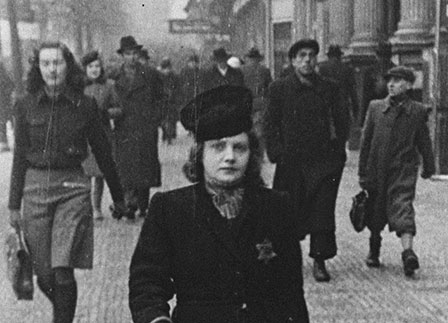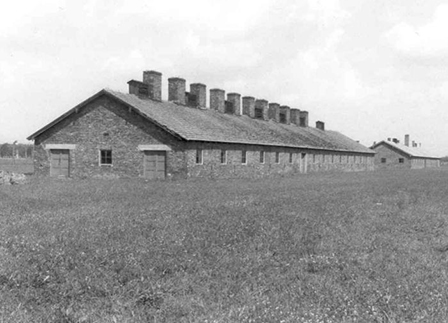- Summary
- This study merges the historical record with survivor testimony to put the turning point of Romania's war against the Jews, the pogrom in Iasi, in context both with respect to what preceded it and its aftermath. The introduction explains both how and why the survivor depositions were chosen and the methodology employed in gathering the aforementioned testimony. Chapter 2 includes an overview of the early history of Jewish settlement in Romania, the origins of the blood libel, a survey of anti-Jewish persecution, the unification of the principalities and the resulting disenfranchisement of the Jews of Romania. Chapter 3 covers the origins of intellectual anti-Jewish prejudice, Zionism, the peasant revolt of 1907, World War I, the ethnic heterogeneity of Greater Romanian Jewry, organized Romanian anti-Jewish persecution and the League of the Archangel Michael. Chapter 4 covers the American Committee on the rights of religious minorities in Romania, Cuza and the Jews, Romanian intellectuals' hatred of the Jews, government supported anti-Jewish hostility, Madame Lupescu and the return of King Carol. Chapter 5 on Carol, Cuza and Codreanu covers the establishment of the Iron Guard, Carol's monarchy, Codreanu and Romanian politics, the economic war against the Jews, the beginning of the Romanian war against the Jews, the second Vienna Accord and the start of World War II. Chapter 6 on Antonescu, is divided into three parts: Antonescu and the Legion, the Legionary rebellion and the military fascist dictatorship of Antonescu. Chapter 7 on Iasi, covers the planning and organization of the pogrom, the pogrom itself, survivor testimony and the death trains. Chapter 8 details the labor camps, pogroms and death camps, Transnistria, Odessa, Jews as a commodity and the overall statistics. Chapter 9 covers Dan's escape to Israel, the often fatal attempts of thousands of other Jews to find refuge in Israel and David's escape to Israel. Chapter 10, the conclusion, places the pogrom in Iasi in context with regard to Romania's history of Jewish persecution. The conclusion emphasizes the role of survivor testimony in attempting to understand the Romanian contribution to the annihilation of European Jewry.
- Format
- Book
- Author/Creator
- Naftali, Haiya Feder, 1954-
- Published
- 1998
- Locale
- Romania
- Notes
-
Thesis (Ph. D.)--University of Texas at Arlington, 1998.
Includes bibliographical references (leaves 324-332).
Dissertations and Theses



